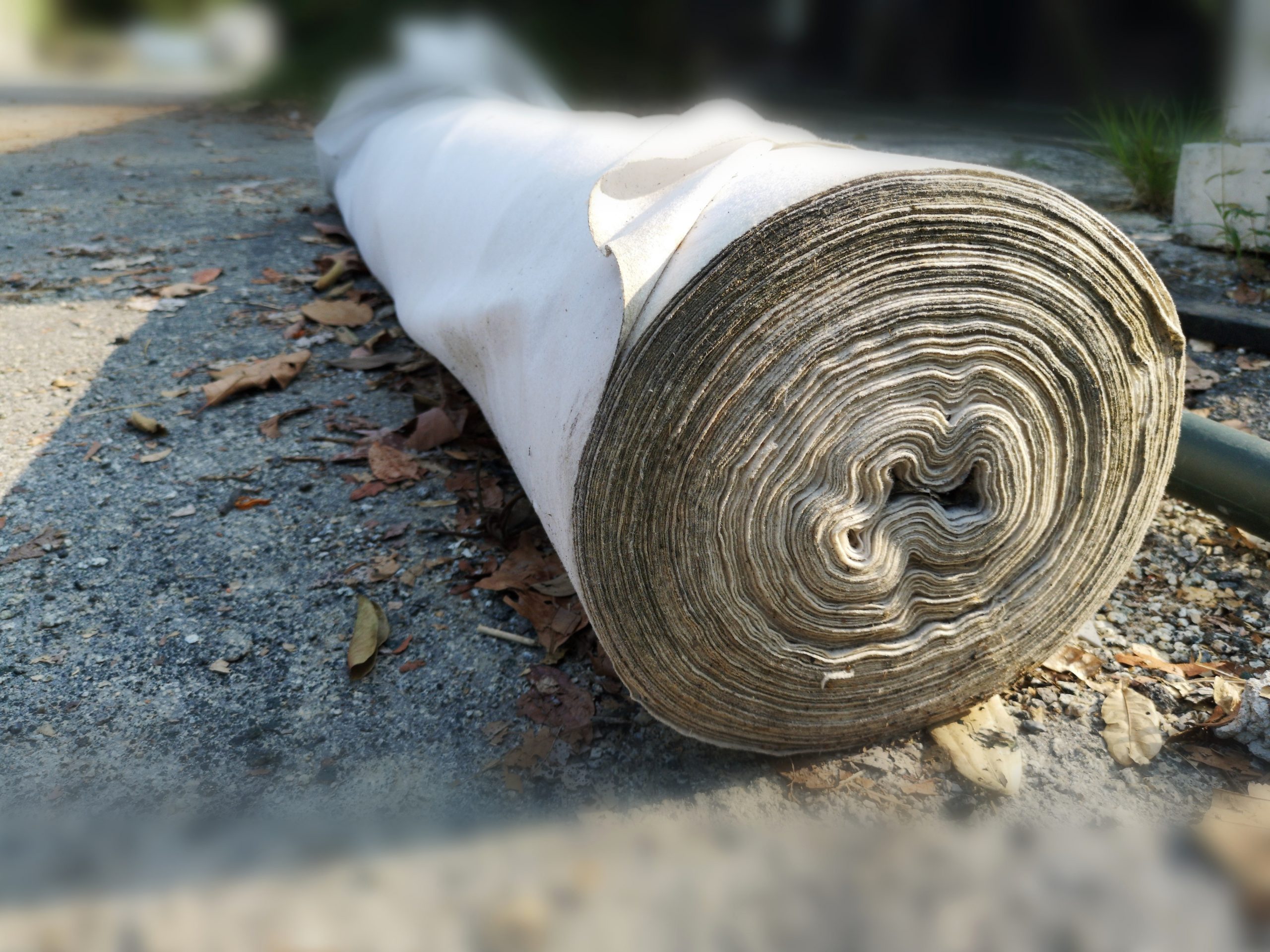Introduction
The world of geosynthetics has been instrumental in revolutionizing the construction and infrastructure development industry. Among the diverse range of geosynthetics available, GeoNet fabric, a type of geotextile, has gained prominence for its exceptional engineering and environmental applications. In this blog, we'll delve into the world of GeoNet fabric, exploring its uses, benefits, and contributions to sustainable infrastructure.
Unraveling GeoNet Fabric
GeoNet fabric, also known as geonet geosynthetics, is a versatile material made from high-density polyethylene (HDPE). Its unique structure consists of closely spaced, three-dimensional grids that are interconnected. This specific design allows GeoNet fabric to excel in multiple functions that are crucial for various engineering and environmental purposes.
Applications of GeoNet Fabric
Drainage: GeoNet fabric is a powerful drainage solution. Its open-grid structure allows it to efficiently collect, channel, and discharge excess water from various soil types. This makes it invaluable in road construction, landfill management, and erosion control.
Soil Reinforcement: GeoNet fabric enhances the stability and load-bearing capacity of soil, preventing erosion and landslides in steep terrains. It is often used in embankments, retaining walls, and steep slopes.
Gas Venting: In landfills and contaminated sites, GeoNet fabric facilitates the venting of harmful gases. Its porous structure provides a path for the release of gases, contributing to environmental safety.
Protection and Filtration: It acts as a protective barrier, preventing soil particles from clogging drainage systems while allowing the passage of water. GeoNet fabric is ideal for protecting geomembranes and preventing soil intrusion.
Advantages of Geonet Geotextile
Durability: GeoNet fabric is designed to withstand harsh environmental conditions, including exposure to chemicals, UV radiation, and mechanical stress. Its high durability ensures a long service life.
Environmental Benefits: Its applications in erosion control and environmental remediation contribute to sustainable land use and conservation efforts.
Versatility: GeoNet fabric is suitable for a wide range of geotechnical and environmental applications, offering cost-effective solutions.
Ease of Installation: Its lightweight and flexible nature simplifies installation processes, saving both time and labor costs.
Long-Term Benefits: By enhancing soil stability and drainage efficiency, GeoNet fabric significantly reduces maintenance and repair costs for infrastructure projects.
Geonet Geosynthetics for Sustainable Infrastructure
The use of GeoNet fabric is instrumental in developing sustainable infrastructure and environmental conservation efforts. Its contributions extend to:
Erosion Control: Preventing soil erosion not only safeguards land and resources but also maintains water quality in surrounding areas.
Landfills: In landfill construction and management, GeoNet fabric plays a pivotal role in containing and controlling the movement of waste and harmful substances.
Roads and Railways: By stabilizing embankments and subgrades, GeoNet fabric ensures the longevity and safety of transportation infrastructure.
Environmental Remediation: GeoNet fabric is a crucial component in environmental cleanup projects, helping to restore contaminated sites and protect ecosystems.
In conclusion, GeoNet fabric has become a cornerstone in modern geosynthetics, offering solutions that are both efficient and environmentally responsible. Its versatile applications, coupled with its durability and sustainability benefits, make it an indispensable tool in the construction and environmental engineering sectors. As we strive for a more sustainable future, GeoNet fabric continues to build a strong foundation for resilient and eco-friendly infrastructure projects.

Comments
Post a Comment